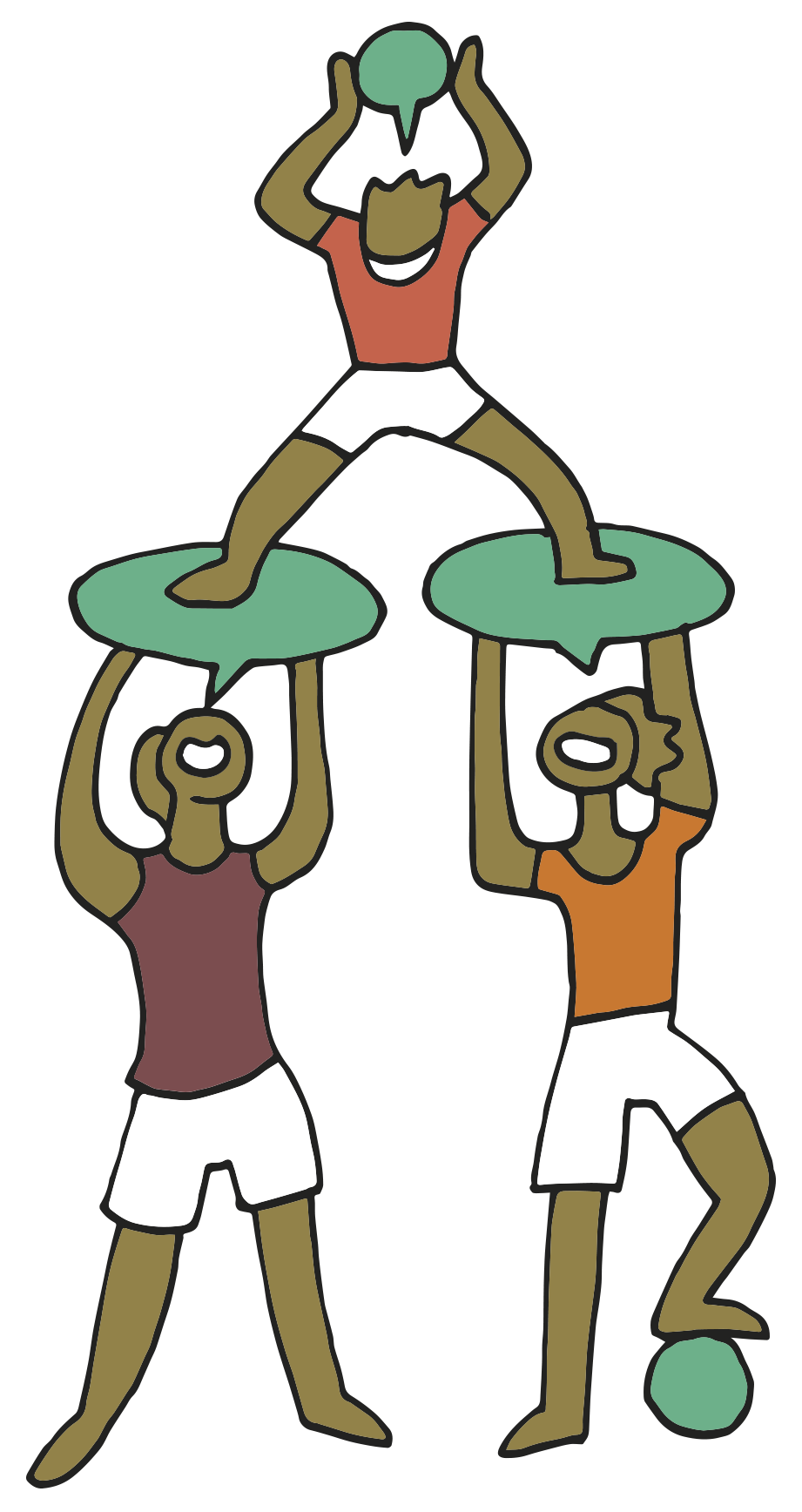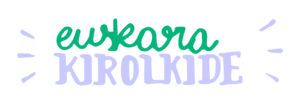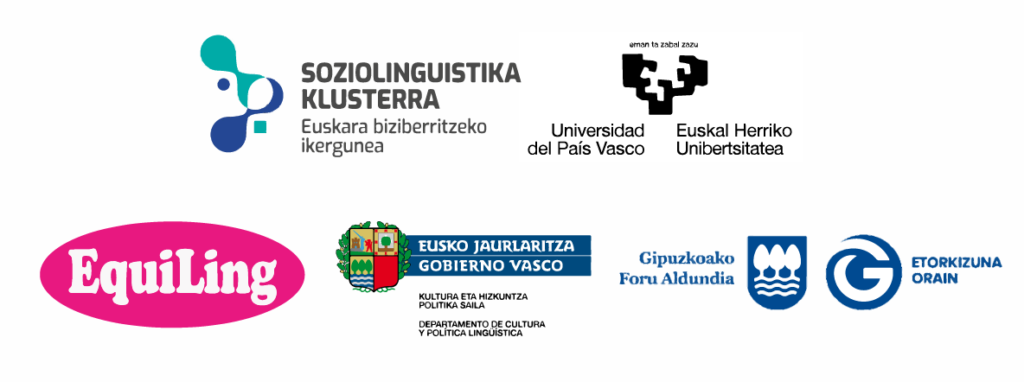Reality does not simply give answers to a question or concern. Suitable answers need to be sought in order to find suitable solutions. In this task, one of the essential tools in social sciences is methodology, particularly in research work.
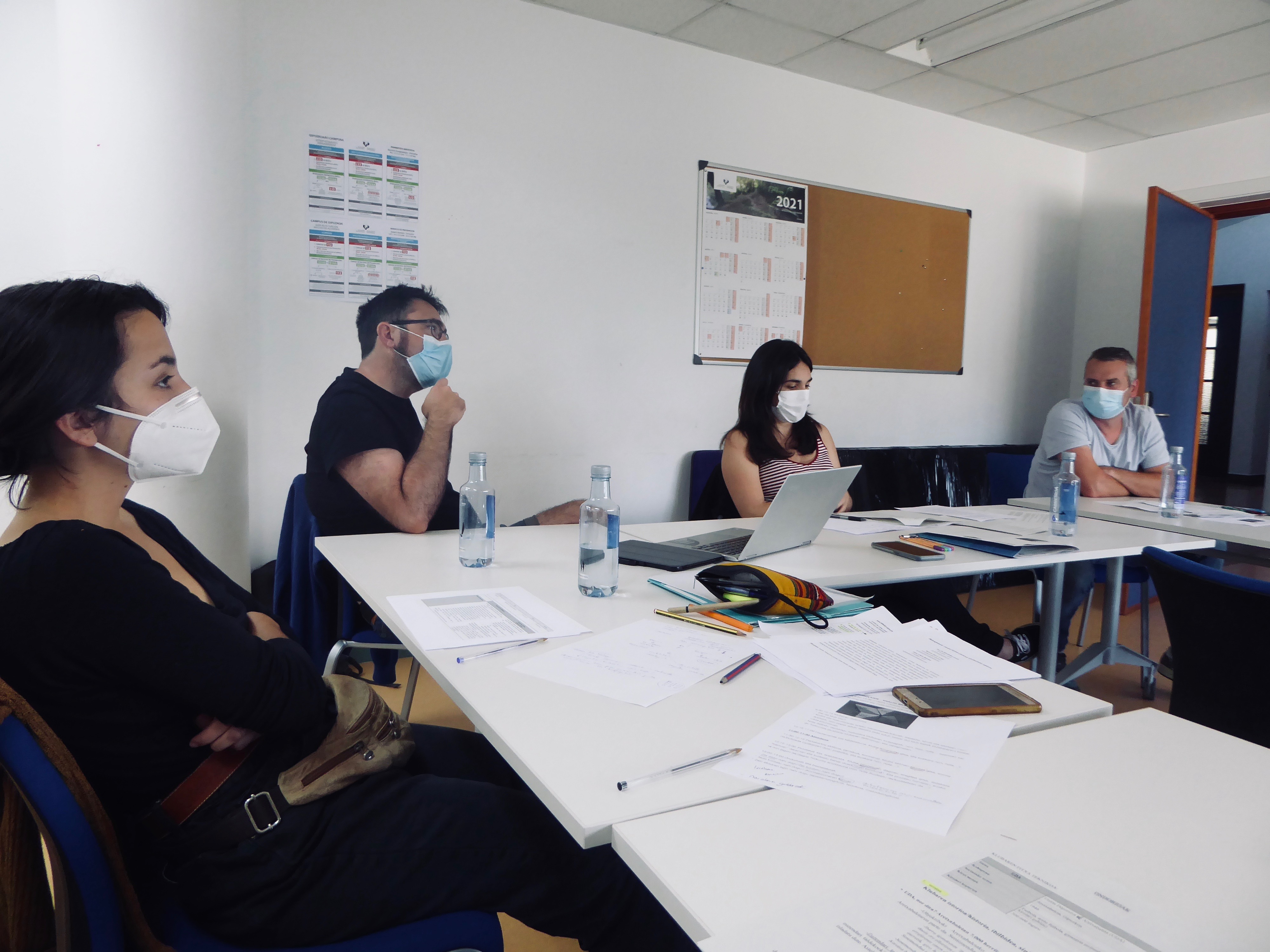
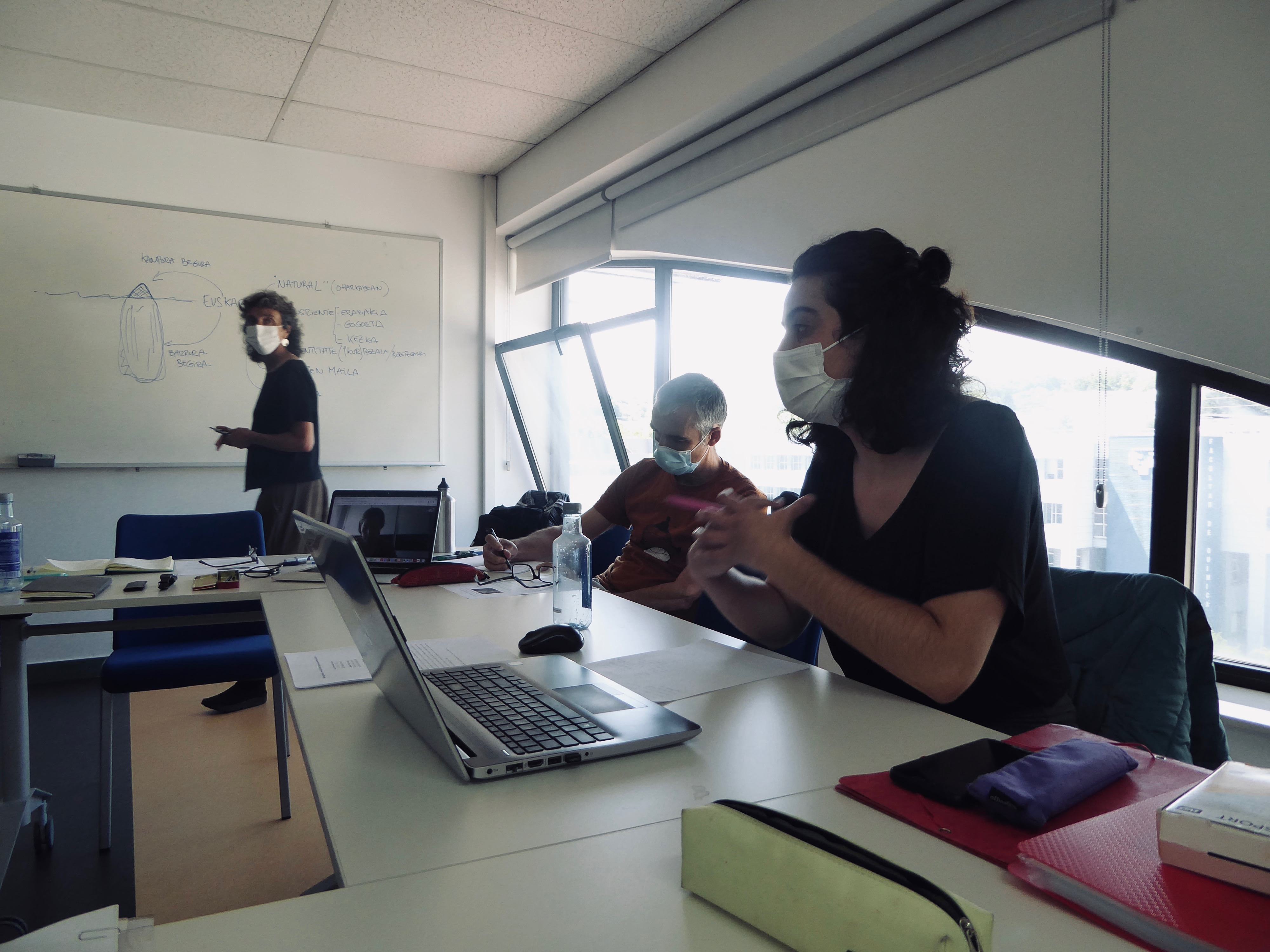
Methodology is there in all “fields”. Even if we do not realise it, we are constant touch with “methodology”. Everybody has their own “methodology” or procedure for going about everyday life; whether to prepare for an examination or to make a potato omelette. Methodology cannot therefore be decided any old way, but decisions on it must be taken prudently and carefully. This is how we approached the Euskara Kirolkide project, and the design of the four steps outlined above is an example of this. When it came to approaching the sports clubs, we decided to do it in a deliberate, co-herent way, and this is what lies behind the steps described. In going about it we used a qualitative methodology, with the following purposes in mind:
- Finding out about different viewpoints, attitudes and opinions. Collecting the thoughts and discourses of club members (primarily the man-agement team) and exploring all these.
- Finding out in depth about the experiences and perceptions of the people who take part in the club.
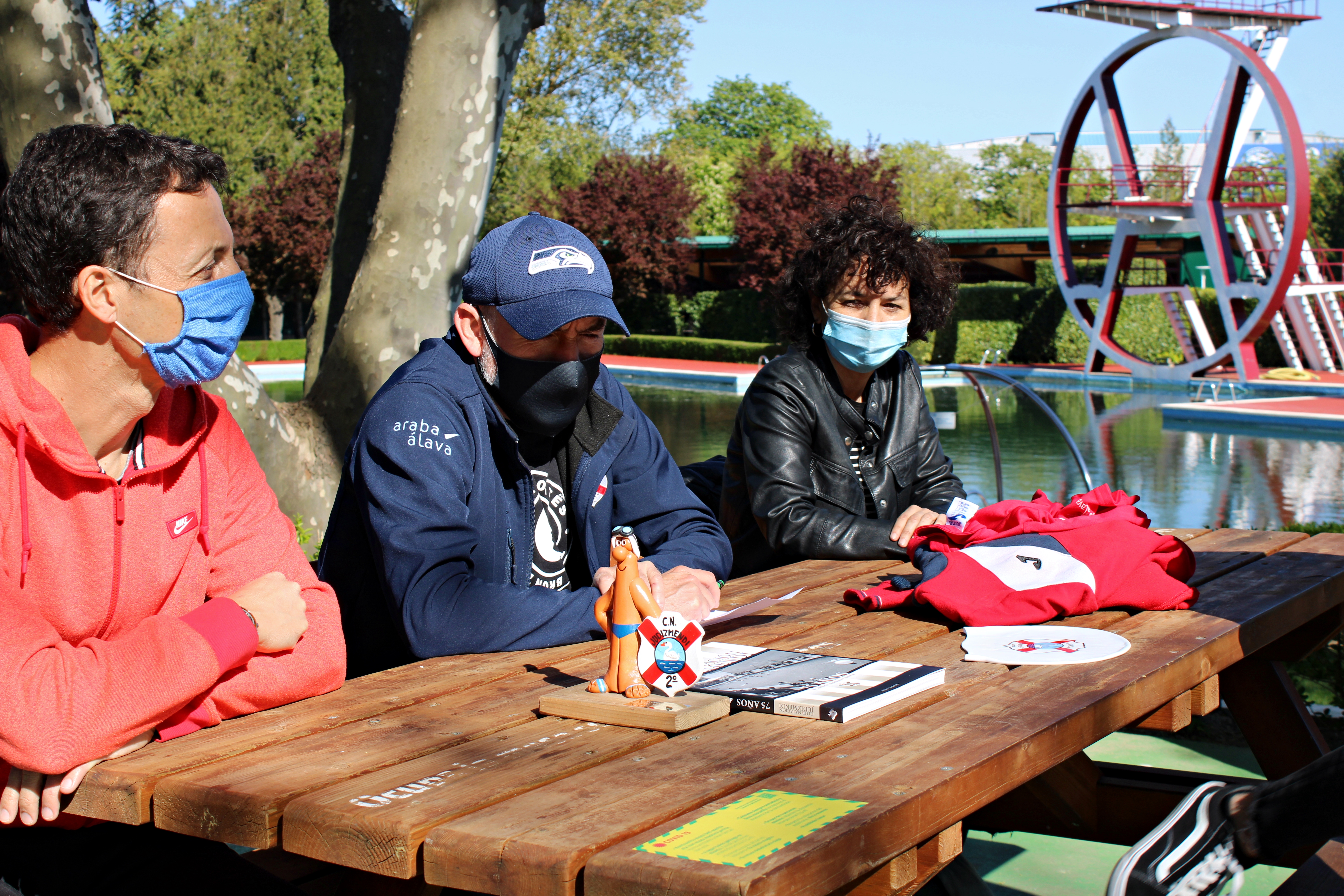
Narratives, discourses, opinions and thoughts on the one hand; experiences and feelings on the other. We set out to explore all these, trying to get as close as possible to the realities of the sports club.
With methodology as our road map, we still needed research techniques to proceed with the process. Techniques are the tools researchers use to gather information. In the social science field, the time when techniques are applied has generally been called “fieldwork”, and is an empirical part of the job.
In the Euskara Kirolkide project, the fieldwork was carried out between February and July 2021, and the main techniques used were observation and interview. A total of 28 observation sessions and 30 interviews were carried out.

Observation is a common research technique in the field of anthropology, showing the importance historically attached in this discipline to the fact of “being there”. But the prestige of observation also has to do with the importance of the sense of sight in western societies (Estalella 2020). In fact, sight has been considered the most reliable means of knowing, sidelining the other senses. 1990. However, since the 1990s new propositions have emerged, pointing out the value of the other senses. Efforts have therefore been made to see observation in a broader way, and some anthropologists have argued for conducting sensory observations. In this case, the anthropologist’s body becomes the sensory centre, together with its environment, with the intention of perceiving the whole context.
In this video, Ángel Díaz de Rada tells us clearly and concisely about ethnography and how anthropology works.
Alongside observation and perception, interviews have been the other main research tool used in the Euskara Kirolkide project. In the field of anthropology, it is essential to discuss what was seen, heard and perceived in the research space, among other things to share and contrast the information gathered. Moreover, the interview is an essential tool to collect people’s opinions, thoughts and experiences. This dialogue is an important basis, because these narratives form part of the world of research. Such testimonies are ways of getting at the reality we want to understand, because the world or worlds are reflected in them, and the world or worlds are constructed through testimony (Duranti 2000).
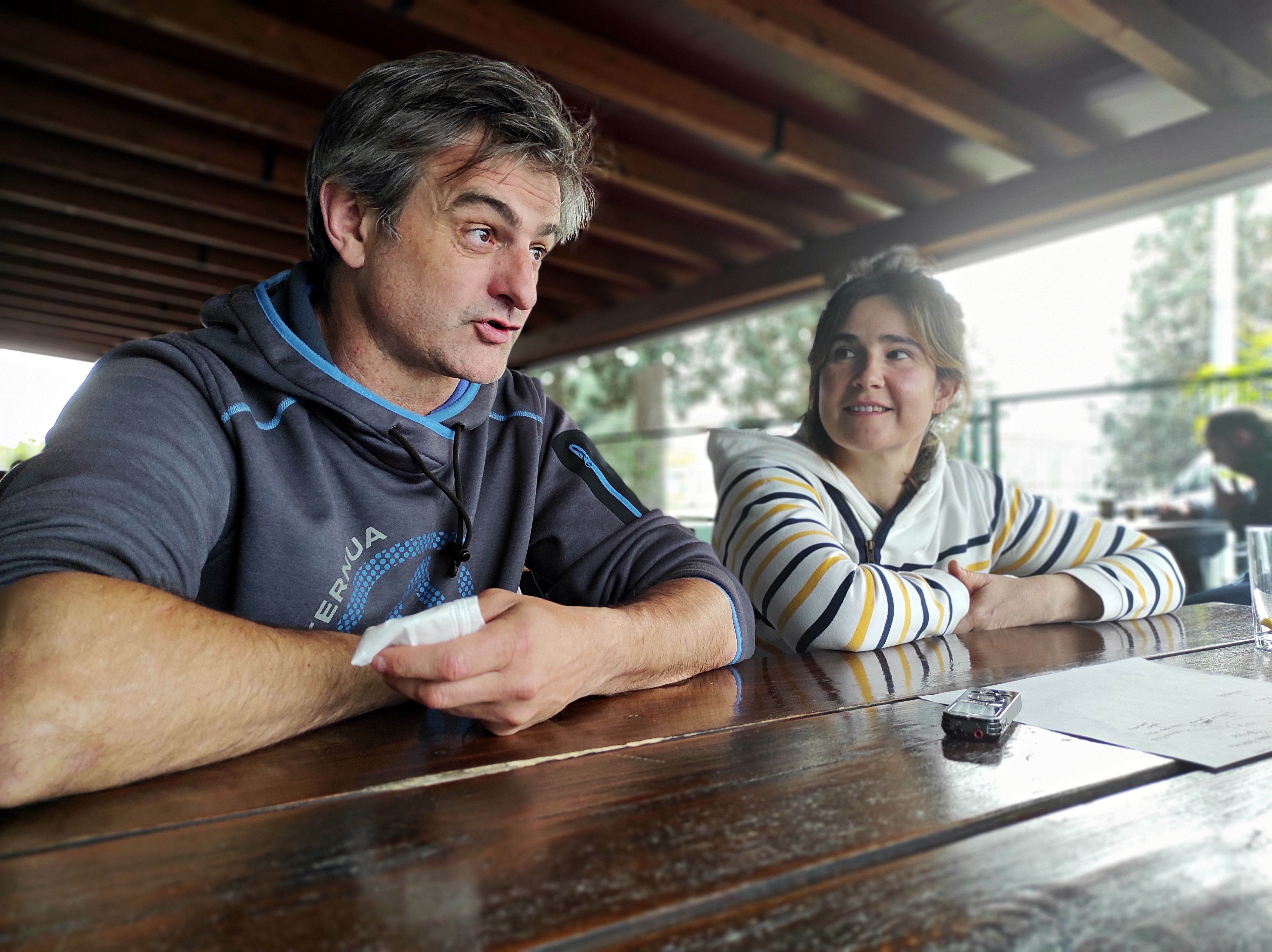
The conclusions set forth here were reached on the basis of observation, perception and interviews. We wished to pass on anthropological knowledge through a range of idioms, and to try out different ways of communicating knowledge in order to, among other things, transform the concept of authorship and collaboration in relation to research, and to open up new paths for language, in this case Basque.
